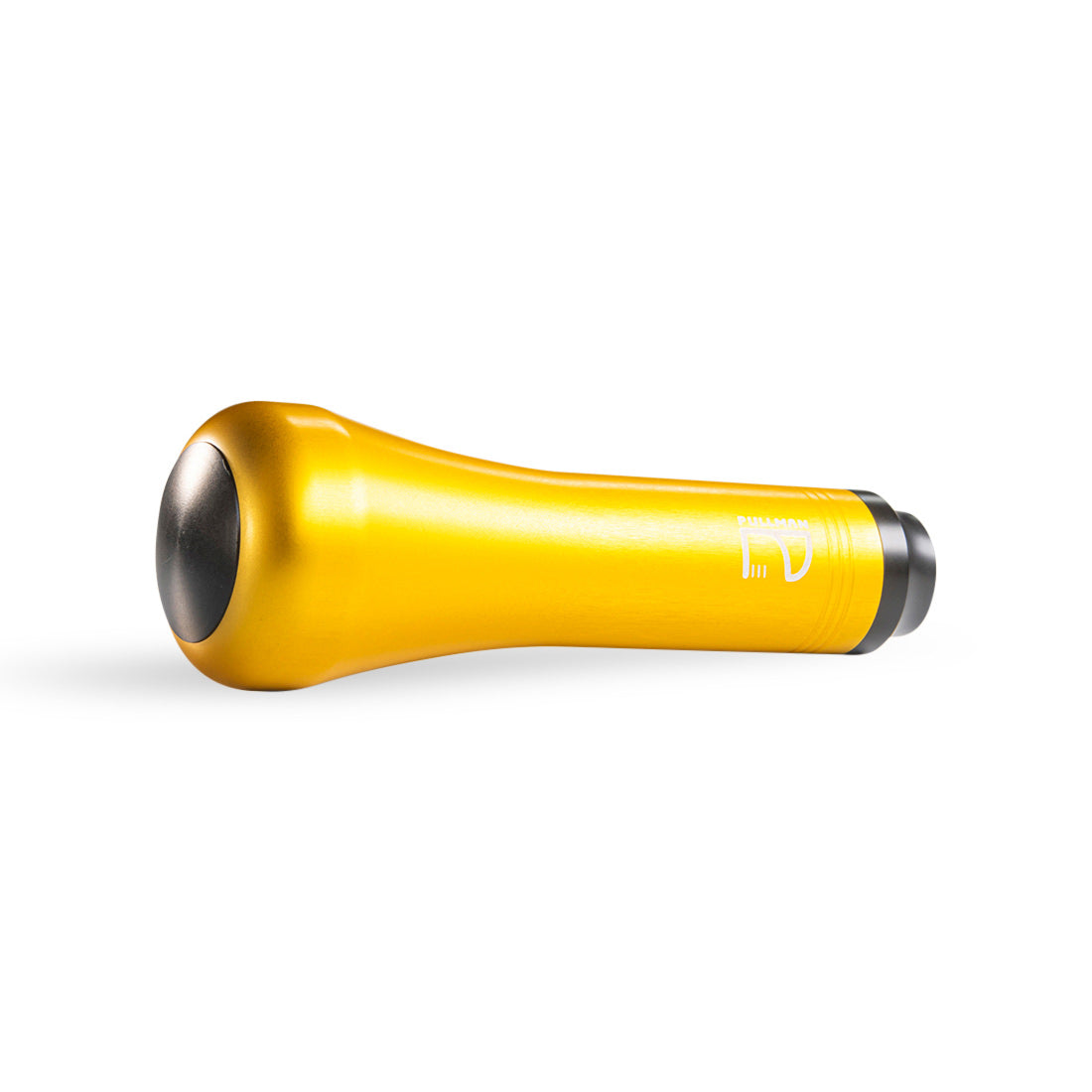Portafilter Handle | Gold Matte
Portafilter Handle | Gold Matte is backordered and will ship as soon as it is back in stock.
Couldn't load pickup availability
The portafilter handles are handcrafted masterpieces - perfectly finished, balanced and a dream to look at and feel. The materials are identical to those of the barista handles.
Pullman Portafilter Handle - Anodized Aluminum - Gold Matte
Robust, classic, straight forward - the handle made of anodised aluminium. The theelectrolytic Oxidentification of Aluminium makes the material harder, more resilient and more resistant to corrosion.
Anodized handles are also largely insensitive to impact damage because no color is applied during anodization, but the top aluminum layer is converted into an oxide.
The resulting insensitivity to water and the low weight make the handle the perfect companion for the professional barista.




